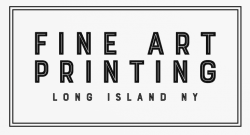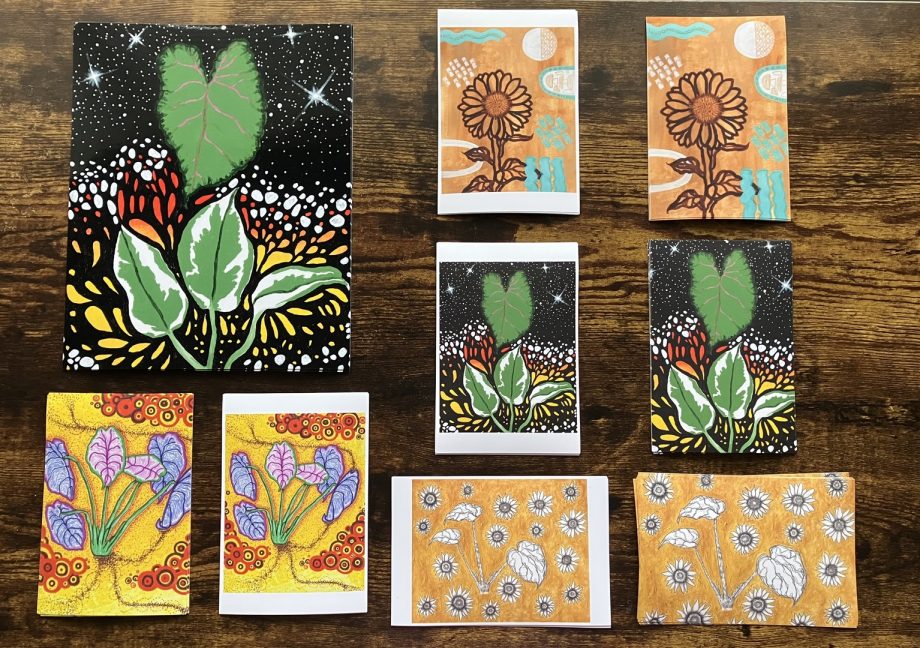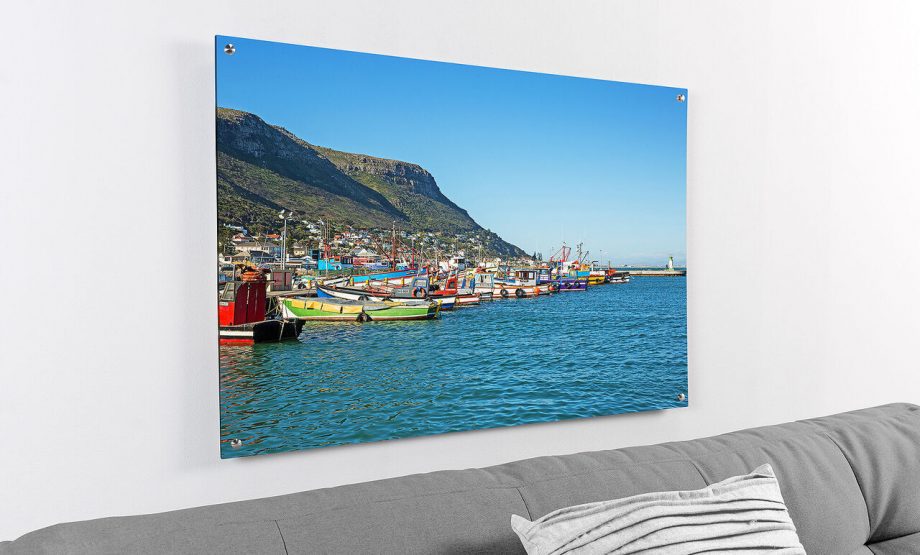In the realm of art reproductions, lithography and giclée are two prominent techniques that artists and collectors frequently encounter. While both methods offer high-quality reproductions of original artworks, they differ significantly in terms of the process, quality, and results they deliver. In this blog post, we delve deep into the intricacies of lithograph and giclée prints, helping you understand the distinctions and choose the one that suits your preferences.
Understanding Lithograph and Giclée Prints
To begin with, let’s define what lithograph and giclée prints are:
- Lithograph: Lithography is a traditional printing technique that uses a stone or metal plate with a completely smooth surface. The image is created using a chemical process, where the printing and non-printing areas are on the same surface, differentiated by their respective affinities to water and ink.
- Giclée: Giclée, on the other hand, is a modern printing technique that utilizes high-resolution inkjet printers to create fine art prints. The process involves spraying microscopic droplets of pigment-based inks onto high-quality paper or canvas, resulting in prints with rich colors and fine details.
Quality and Detail: A Comparative Analysis
When it comes to quality and detail, lithograph and giclée prints offer different levels of fidelity to the original artwork:
- Lithograph: Lithographs can achieve high levels of detail, with the ability to reproduce fine lines and textural details. However, they might offer a limited color range compared to giclée prints.
- Giclée: Giclée prints are known for their superior color accuracy, utilizing a wide color gamut that can reproduce even the most subtle nuances of the original artwork’s colors, offering a reproduction that is incredibly close to the original.
Material and Durability: A Closer Look
The material and durability of lithograph and giclée prints are pivotal factors in distinguishing between the two:
- Lithograph: Lithographs are generally printed on high-quality paper, and while they offer good durability, they might be susceptible to fading over time, especially if exposed to direct sunlight.
- Giclée: Giclée prints are created using archival-quality materials that resist fading and can last for generations, preserving the vibrancy and detail of the artwork for a long time.
Price Point: Weighing the Investment
The cost of acquiring lithograph and giclée prints can vary, influenced by the production process and the materials used:
- Lithograph: Lithographs can be more affordable compared to giclée prints, especially when produced in large editions, making them accessible to a wider audience.
- Giclée: Given the high-quality reproduction process and materials used, giclée prints tend to be more expensive, catering to art collectors and enthusiasts looking for premium reproductions.
Use Cases: Identifying the Ideal Choice
Understanding the ideal scenarios for using lithograph and giclée prints can aid in making an informed choice:
- Lithograph: Lithographs are suitable for both art collectors and enthusiasts looking for high-quality reproductions at a more affordable price point. They are often used in creating limited edition prints.
- Giclée: Giclée prints are ideal for reproducing original artworks for galleries and exhibitions, offering a high-fidelity reproduction that mirrors the original, providing a rich visual experience for viewers.
Conclusion
As we unravel the distinctions between lithograph and giclée prints, it becomes evident that both have a significant role to play in the world of art reproductions. While lithographs offer a traditional approach to creating fine prints, giclée prints bring modern technology into the picture, offering reproductions with unparalleled color accuracy and detail.
Whether you are an artist looking to reproduce your works or an art collector seeking the perfect print, understanding the differences between lithograph and giclée prints can guide you to the right choice. As you venture into the world of fine art reproductions, may you find the technique that resonates with your aesthetic and quality expectations, bringing the joy of art into your life with the perfect print.



